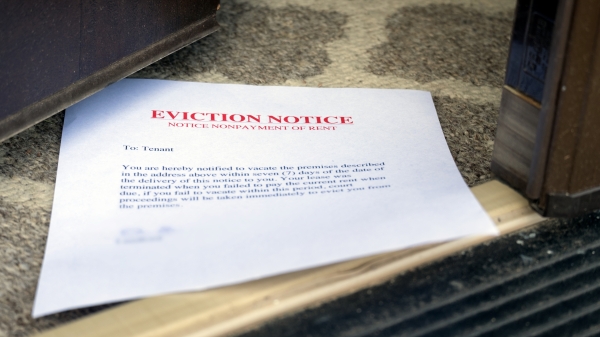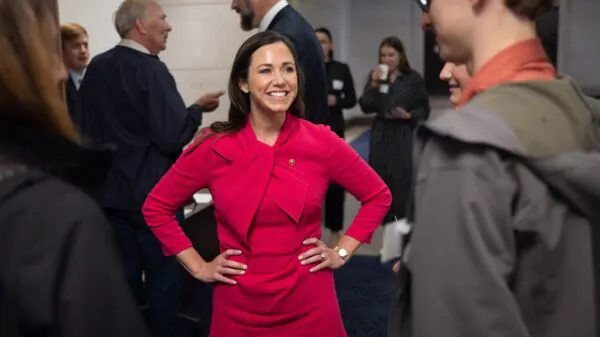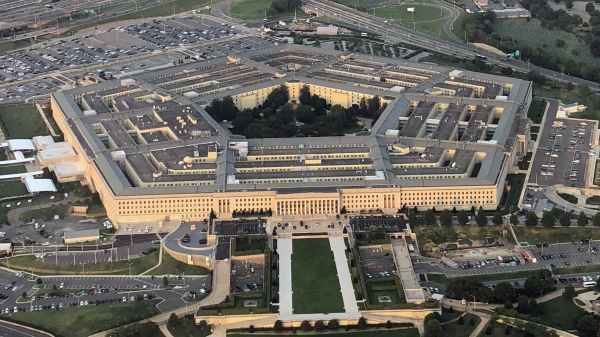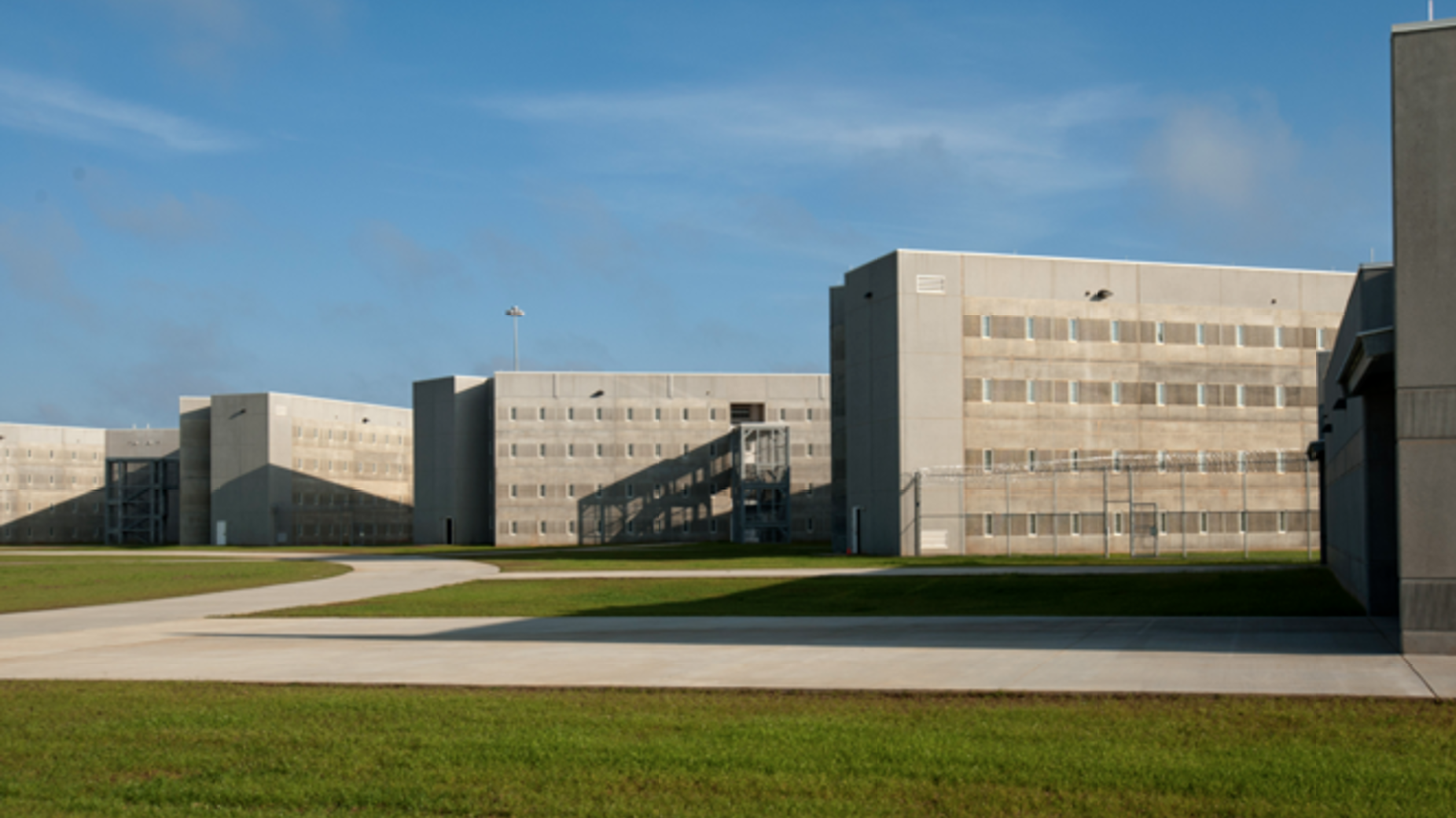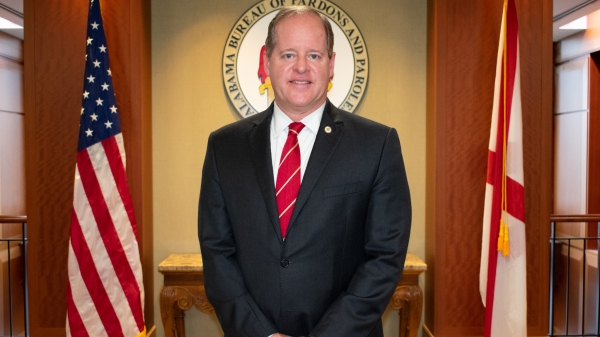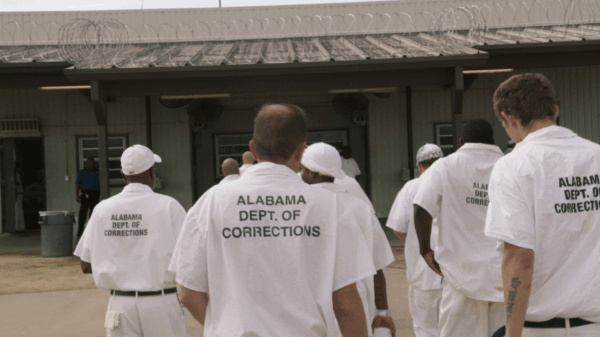By Chip Brownlee
Alabama Political Reporter
MONTGOMERY — The House Judiciary Committee is expected to take up legislation authorizing the Alabama Prison Transformation Initiative in a meeting Tuesday morning.
The committee will consider SB302, passed by the Senate last month, which would authorize the construction of up to three new men’s prisons. The bill was a toned-down version of the original iteration of the bill and scrapped plans for a new women’s prison.
The House is expected to make several changes to the Senate Bill as it makes its way through the Legislature’s lower chamber, but the basic outline of three new prisons is expected to stay in place.
The Prison Transformation Initiative — an ambitious, albeit controversial plan to reform the landscape of Alabama correctional facilities by consolidating almost all of the men’s prisons into three “mega-prisons” — was former Gov. Robert Bentley’s top priority during the 2017 Legislative Session.
House and Senate leadership has also identified the plan as a priority to finish before the end of the 2017 Legislative Session next week.
The original plan, sponsored by Sen. Cam Ward in the Senate, called for building four new prisons at a cost of $800 million. Three of the prisons would have held 4,000 male offenders a piece, and one would have held 1,200 women. Their location had not been decided.
A bond would have been issued to cover the costs.
The first iteration of the Alabama Prison Transformation Initiative had strong support among the upper echelons of the Alabama Legislature. But the plan faced fierce opposition from rank-and-file members of the Legislature, who raised concerns over bidding, transparency, cost and the location of the new prisons.
Instead of four new prisons, the legislation that passed the Senate in March will only authorize three new men’s prisons.
And instead of an $800 million bond issued by the State, the legislation only authorizes the Department of Corrections through a bond authority to take $325 million in bonds for one new prison and renovations of existing facilities.
But ADOC can only take out the bond if they find two localities to go first.
Under the legislation Senate version of the bill, the first two prisons will have to be financed by county or local authorities. The localities must establish their own bonding authorities and borrow up to $225 million to build the prisons, which would then be leased back to the State.
The Department of Corrections would first have the authorize the bonds and the plans before any construction began. The localities would have to meet State standards to be considered.
The Alabama Prison Transformation Initiative was conceived by ADOC Commissioner Jeff Dunn and is intended to alleviate several major problems in Alabama’s prisons: increasing costs, dangerous overcrowding and understaffing.
By consolidating the prisons into three mega-facilities, the State could save $50 million a year — enough to finance the bond payments — and wouldn’t need as many guards, ADOC officials have said.
“The State prison system is close to exploding the state budget,” Ward said after the Senate version passed. “We have numerous prisons that were built before the Vietnam War and some pre-date World War Two. The upkeep alone for these facilities is a bleeding hole in our budgets.”
ADOC has said the consolidation using the “mega prisons” would reduce staffing costs by about $17 million a year, overtime payments by $21 million a year and healthcare delivery by $10 million, according to the two independent studies the department commissioned.
The exact savings all depend on the size of the new prisons built by the localities — if they’re built at all.
Email Chip Brownlee at [email protected] or follow him on Twitter.











